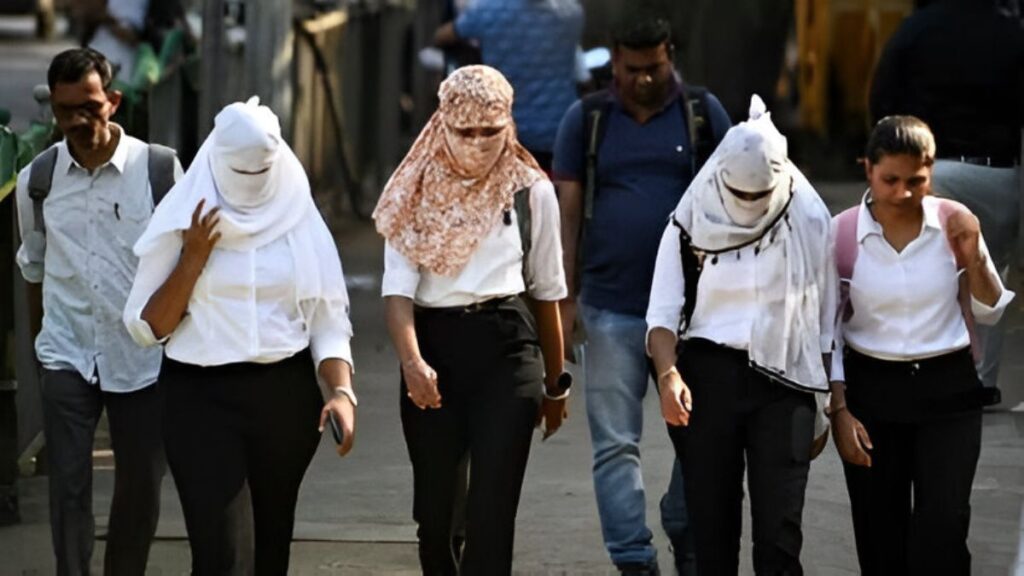Pune: City Sizzles at 43.6°C, Records Season’s Hottest Day Amid Heatwave Alert

Pune is grappling with an intense heatwave as temperatures soared to a scorching 43.6°C at the Lohegaon station on Wednesday — the highest recorded so far this season. The India Meteorological Department (IMD) confirmed that this is 5.4 degrees above the normal maximum, indicating an alarming early onset of summer.
The heat didn’t spare the night either, with minimum temperatures hitting 26.6°C — a sharp 5.9°C above the seasonal average. According to IMD data, this pattern is part of a larger trend seen throughout the year. Starting from January, Pune has recorded consistently higher temperatures: January averaged 1.2°C above normal, February 2.2°C above, and March reached 37.5°C, 2°C higher than expected. April continues the trend with an average 1.5°C deviation.
Shivajinagar has already recorded nine days with temperatures touching or exceeding 40°C — the highest number of such days since 2020 — pointing to significant shifts in long-term climate patterns.
The IMD has also escalated its heatwave alert for Vidarbha’s four districts from yellow to orange, urging local authorities to take proactive measures. This orange alert signals a high risk of heat-related illnesses, particularly among vulnerable populations.
S D Sanap, senior meteorologist at IMD Pune, attributed the temperature surge to persistent anticyclonic circulations. “This year, Maharashtra has witnessed multiple anticyclonic systems. Our seasonal forecast already predicted above-normal temperatures for 2025. Currently, a system over Madhya Pradesh and nearby regions is fueling heatwave conditions in Vidarbha,” Sanap explained.
Central Maharashtra, including Pune, is expected to continue facing hot and humid weather for the next 24 hours. The current anticyclonic system is causing clear skies and reduced wind movement, which intensifies solar radiation and traps heat.
Experts warn that this is not an isolated phenomenon but a worrying outcome of climate change. With the increasing frequency and severity of heatwaves, public health systems and urban infrastructure face growing challenges.
Residents are strongly advised to stay indoors during peak hours, remain well-hydrated, and watch out for signs of heatstroke — especially in children, senior citizens, and those with existing health conditions.
The IMD continues to monitor the situation closely, and further advisories are expected. Authorities have been urged to bolster emergency services and raise public awareness, particularly in areas under the orange alert.





